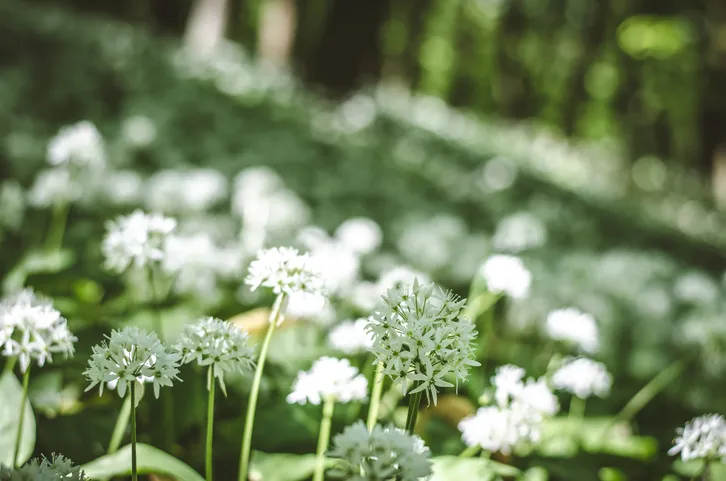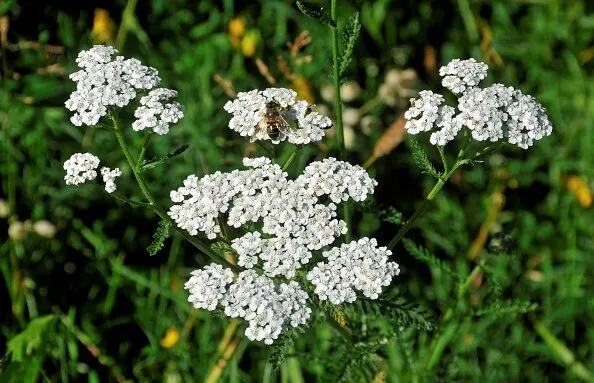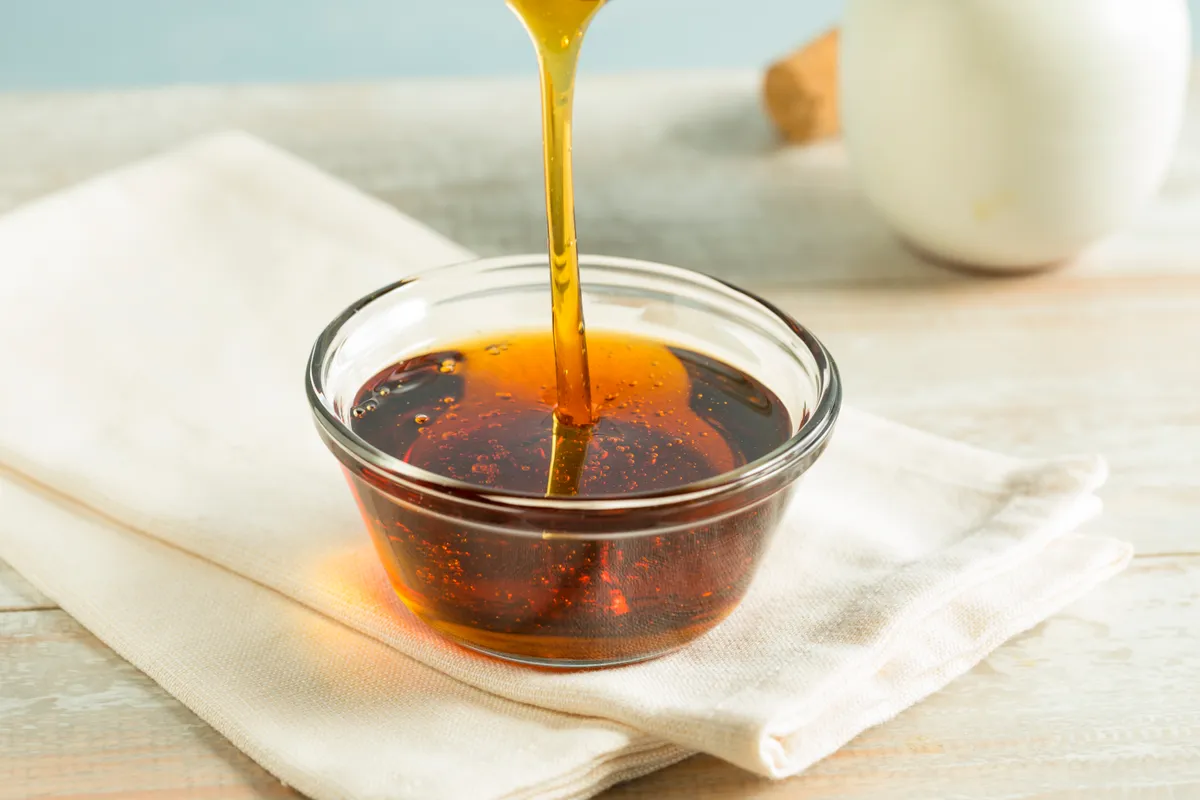Named after Achilles in Latin, the legendary Greek warrior, yarrow is strong in many ways.
It has firm, upright stems and thrives in harsh environments (including the most manicured of lawns). It bounces back, even after been regularly mowed, and has powerful medicinal qualities as well as containing vitamins A and C, potassium, zinc, magnesium, calcium, phosphorus and niacin.
Native to Europe, North America, North Asia and much of the Middle East, it has been introduced to South America and areas of South Asia.
It can be found growing in lawns – though is often difficult to spot. In wilder areas where it has been allowed to flower and bloom, the scent is like honey in the hot summer sun.
Looking for more foraging ideas? Check out our guides to wild garlic, elderflower and pineapple weed.
Forager's calendar
Our beginner's guide to foraging in Britain explains what you can gather in hedgerows, woodlands, along the coast and in the countryside.

What is yarrow?
Yarrow (Achillea millefolium) is a flowering plant in the Asteraceae family. It grows up to 50cm tall with long feathery leaves and furred, dry stems. The tight flowerheads have white (sometimes pinkish) petals and pale, yellow centres.
Its leaves are gorgeously aromatic and herbal when rubbed or infused, reminiscent of lavender.
Yarrow benifits
Yarrow has powerful medicinal qualities as well as containing vitamins A and C, potassium, zinc, magnesium, calcium, phosphorus and niacin.
It is known for its ability to treat wounds – hence its common nicknames, ‘bleedwort’ or ‘woundwort’ – as well as its helpfulness in soothing colds and bringing down fevers.

When to forage yarrow
Flowers appear in early summer and die back in early autumn.
Where to forage yarrow
Exposed landscapes including garden lawns, dry grassy banks, wastelands, fields, hedgerows, mountain sides and sand dunes.
How to forage yarrow
Pick the long, fresh leaves from ground level (not the small ones on the flower stems) and cut off the flowerheads with scissors as the stems are strong.

How to dry yarrow
Loosely tie yarrow stems and leaves into a bundle and hang or lie them in a warm place for a few days: 100g/31/2oz fresh leaves or flowers will make around 35g/1oz dried.
Once dry, chop them up and store them in a sterilised jar.
Cautions
This plant can cause skin irritation for some, and shouldn’t be handled in large amounts or for long periods of time. Avoid picking in lawns treated with weedkiller.
Yarrow recipes
Yarrow can be infused to make a caffeine-free tea – simply add the flowers and leaves to hot water, cover for 15 minutes, then drink. You can also use yarrow to make sweet treats, such as yarrow flower syrup and yarrow and honey mule:
Yarrow flower syrup

From the moment the flowers are steeped in hot water, I fall in love with the scent of this syrup. It smells almost like menthol – or is it liquorice? I can’t quite make up my mind. Once you've made the syrup you can use it in all sorts of recipes, including my refreshing yarrow and honey mule.
Yarrow and honey mule

The smell of honey-scented yarrow flowers one hot summer day inspired this medicinal take on a mule cocktail. Not only does it taste good, but it helps soothe coughs and colds. Adding fresh yarrow leaves and ginger will give the cocktail an extra ‘zing’, but it is still pretty punchy without them.

